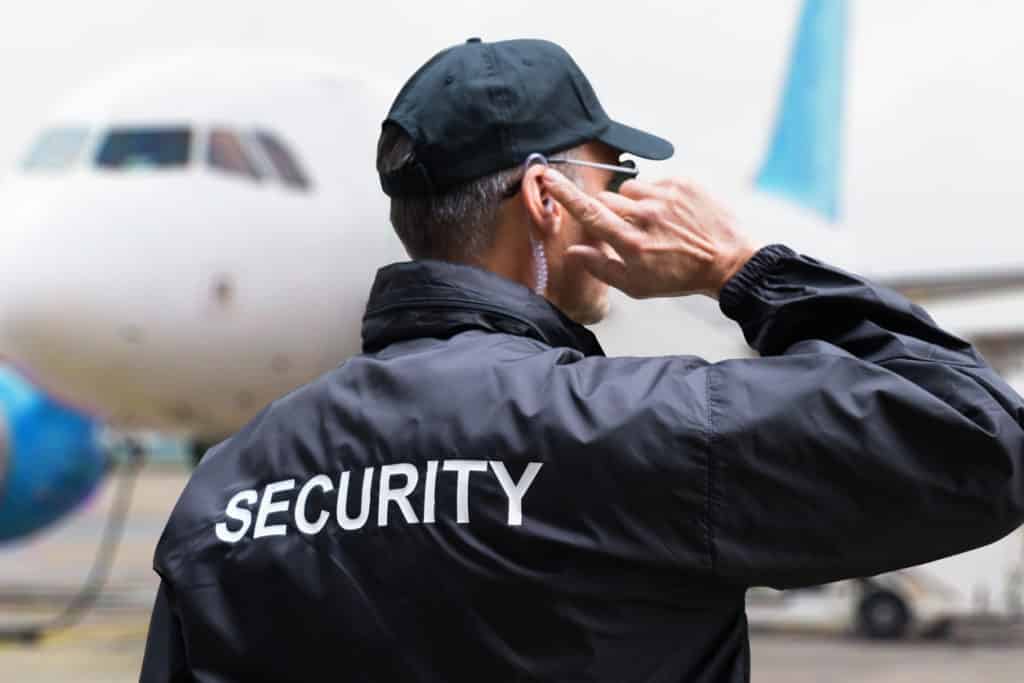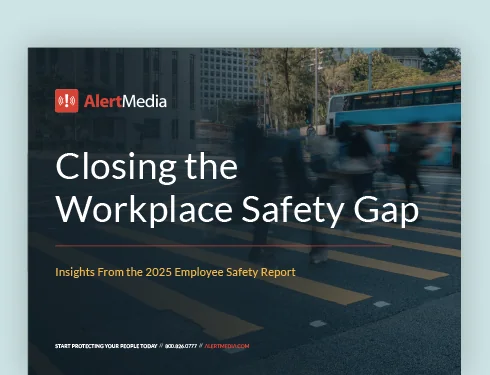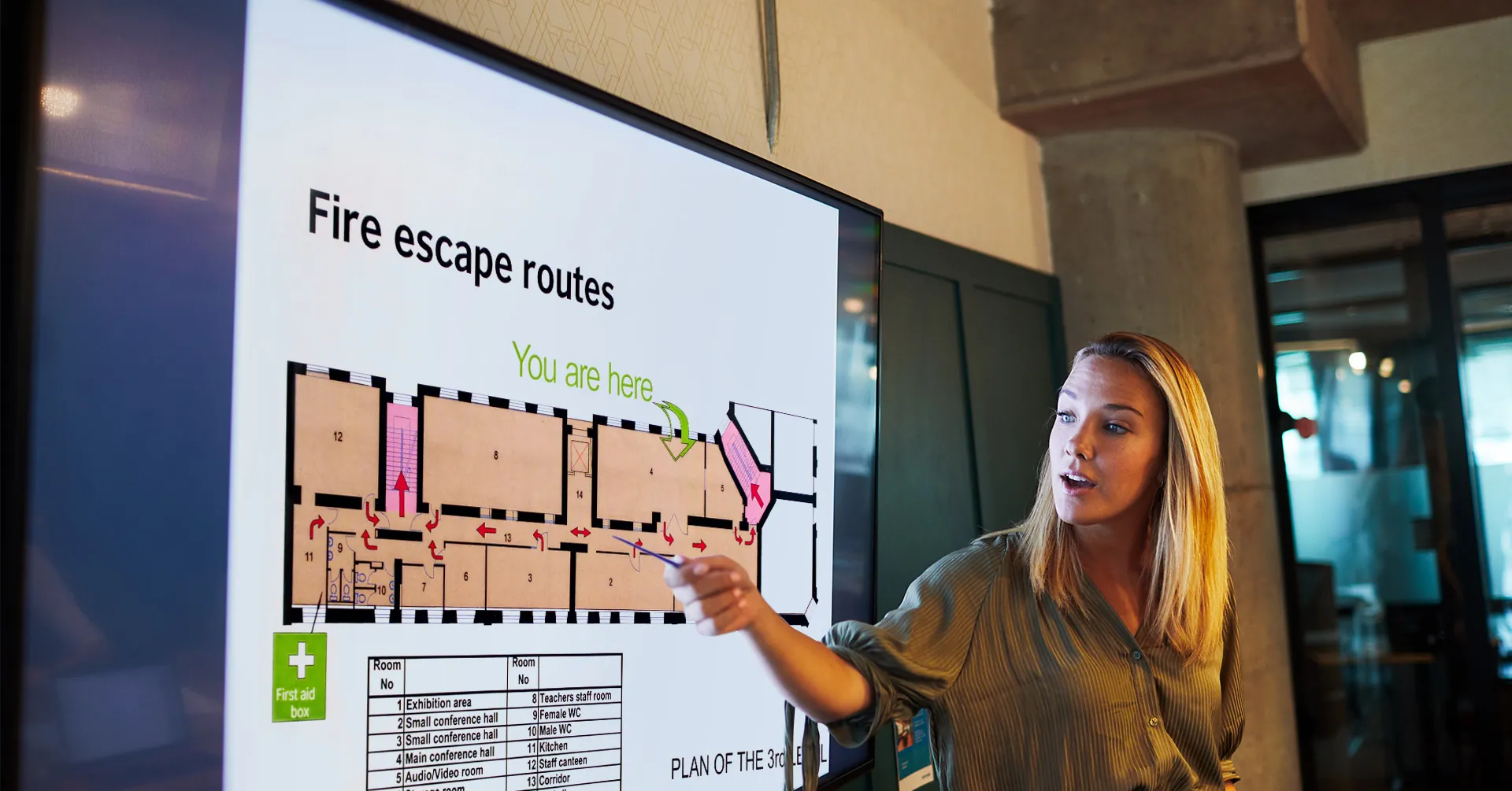
Technological Alternatives to Close Protection
Close protection is a luxury best reserved for very specific situations. For most organizations, there are new technologies that can help keep your people safe at all times.

Full suits. Dark sunglasses. Talking in hushed tones. Everyone knows the stereotypical image of a bodyguard. Although this specific image is only a cliché reinforced by movies and television shows, there is some truth to it.
Close protection is a massive industry. Today, there are upwards of 20 million private security workers worldwide. In most countries (including the US), private security outnumbers the police force. Experts expect the industry to grow to $240 billion by 2020.
But who uses close protection—and is it the right choice for your organization? The reality is: close protection is a luxury best reserved for very specific situations. For most organizations, there are better ways to keep your people safe. In particular, new technologies that have emerged in recent years make protecting your employees easier than ever before.
Types of Close Protection
If your organization is considering implementing close protection, the first step is to identify which type of close protection makes the most sense.
Basic Security Guard – $30/hr
The simplest type of close protection is hiring a basic security guard. These guards have typically completed some basic security training—and might have experience with facilities security or something similar.
They will not be armed, but they can step in to respond to minor disturbances if need be. This type of guard is typically hired for event security or to monitor the perimeter of a densely populated building like a church.
Basic security guards will not travel with you, and they are typically hired on a one-time basis. If you are hosting an event and want a cost-effective way to ensure everything goes smoothly, a basic security guard is probably the way to go.
Trained Driver – $350/day (unarmed) or $500/day (armed)
If you need a secure ride from Point A to Point B, you should consider hiring a trained driver. These tough chauffeurs know their city like the back of their hand, and many have a background in policing. They know the areas to avoid—and if armed, they can even step in to de-escalate a dangerous situation.
The primary drawback, though, is that trained drivers will only drive you. Once you get to your destination, their job is done. If you are looking for someone that will follow you to the door or tail you for an entire day, you will need to opt for the next type of close protection.
Personal Security Agent – $500/day (unarmed) or $750/day (armed)
This is the stereotypical bodyguard that you see in the movies. For most senior executives, this type of close protection is a fact of life. Mark Zuckerberg, for example, undoubtedly has several personal security agents alongside whenever he is traveling. These bodyguards are trained to both keep him safe and out of the public eye as much as possible.
If you are looking for a personal security agent, expect to pay a pretty penny. These highly-trained security personnel will set you back at least $500 for a single day of work—or closer to $1000 if they need to be armed. You are also expected to cover any travel and accommodation expenses.
Personal security agents will plan out the client’s day meticulously. For the senior executives they protect, planning is half the battle. These agents know what threats to look out for and how to avoid them. If a threat ever does emerge, they will know exactly what to do to keep their client safe.
Typically, personal security agents work in pairs of two. So expect to cover the cost of two agents if you opt for this type of close protection.
Drawbacks of Close Protection
There are obviously many different types of close protection, each with its own benefits and drawbacks. Putting aside their differences, though, there are some common drawbacks that you should consider before deciding whether close protection is the right solution for your organization.
Costly
No matter what type of close protection you decide on, the cost will likely be high. Typically, this type of security is not a one-time purchase. Even at the cheapest option of $30/hour for a basic security guard, that will add up over time. And if you have people traveling, the bill will balloon much more quickly.
Not scalable
On a similar note, close protection is not very scalable. If you have one senior executive that you need to protect, that’s manageable. But what about an organization that has lots of traveling employees? All of them need to be kept safe from threats, but you likely don’t have the budget to hire trained drivers or personal security agents for all of your traveling employees.
As the scale increases, logistics also become tricky to manage. Many close protection services are city-specific. Much of their expertise lies in a deep understanding of the threats in their particular city. This means that you have to plan for each city your people will need protection in—likely from different providers in each one. This will quickly become a logistical nightmare once you are dealing with more than one or two cities.
Limited in its scope
The other major drawback of close protection is that it is limited in the types of threats that it protects against. The primary focus of close protection is threats of violence. (Or, in the case of some senior executives, the focus is keeping them out of the public eye.)
But physical violence is far from the only type of threat that you need to account for. Especially for traveling employees, there is a wide array of threats that could impact them. Other threat types include:
- SEVERE WEATHER: Inclement weather, flooding, tornados, tsunamis
- TRANSPORTATION: Significant road or airport closures
- COMMUNICATIONS: Cell coverage outages
- LEGAL: Changes to laws that could impact personnel
- HEALTH: Disease outbreaks
- ENVIRONMENT: Air quality, excessive heat
Close protection will not be able to protect your people from these types of threats. If your only concern is threats of personal violence, close protection is likely the most effective measure you can take. But if you need more general protection, you should consider using technological alternatives which address a wider array of potential threats.
Technological Alternatives
The good news is that modern technology has given organizations alternatives to close protection. These technological alternatives are generally more cost-effective and scalable than standard close protection services.
Panic button app
Panic button apps serve a very specific purpose. If one of your people becomes threatened, they can open the app on their phones and signal that they need help.
The advantages of a panic button app are low cost and managerial convenience. Usually, an administrator invites workers to download the app and set up an account. Once it is set up, a panic button app is typically simplistic and easy to use.
The problem, though, is that a panic button app usually isn’t enough. These apps do not monitor for threats—and the app itself cannot do anything to protect you once a threat emerges. Close protection can do both.
There are also feasibility concerns. Often, if there is a threat to your physical safety, it’s not possible to unlock your phone, open the app, and navigate to the panic button. Even if you are able to, it is a purely reactive solution. Panic button apps do not help prevent any threats—they just let you signal for help when you are already impacted by one.
Lone worker safety app
A more robust alternative to a panic button app is a comprehensive lone worker safety app. These apps mitigate many of the drawbacks associated with a panic button app by adding a hands-free way to signal for help. For this reason, most organizations that have a significant number of lone workers opt for a lone worker safety app over a pure panic button app.
One such app is AlertMedia’s employee safety monitoring solution. The app works by combining a panic button with a timed session. If the worker is in danger, they can either press the panic button or just let the timed session expire—signaling to law enforcement that they are in danger. The app then leverages the user’s location services and GPS to dispatch first responders and law enforcement to the lone worker’s precise location.
While this app will not provide the immediate physical defense of close protection, it is a scalable solution that will connect your people to law enforcement immediately when a threat emerges. For organizations with a lot of lone workers, a solution like this often makes the most sense.
Local threat monitoring
The most scalable and comprehensive solution is local threat monitoring. The two solutions above can help with threat response, but they are unable to aid in threat prevention.
Services like AlertMedia’s local threat monitoring use real-time data from thousands of trusted sources and analysts around the globe, so they can proactively warn you when a threat emerges that could impact your people.
AlertMedia cross-references your location data (group info, mobile users, and address locations) against threat data from around the globe to assess the risk around your business and people. Through a custom process and a variety of measures—threat severity, category, proximity, advice, and more—the system identifies potential impacts to your business, surfacing those to you within the AlertMedia software and via auto-alert warnings.
Local threat monitoring provides an excellent alternative to close protection. For organizations with traveling employees, threat monitoring can ensure that your people are safe from threats—without having to coordinate and pay large sums for trained drivers or personal security agents.
Decide if Close Protection Is Right for Your Business
In spite of its drawbacks, there is still a clear place for close protection services in the modern world. When it comes to protecting a single senior executive, nothing beats hiring a personal security agent (or two) to plan out their day and ensure their well-being.
But for most organizations, close protection is simply too costly and not scalable enough. Modern technology has given companies technological alternatives to close protection—which can provide similar results at a massive scale, for a fraction of the cost. Once you have a good idea of what all the options are, it’s time to identify your organization’s needs and decide which solution is right for your company.




